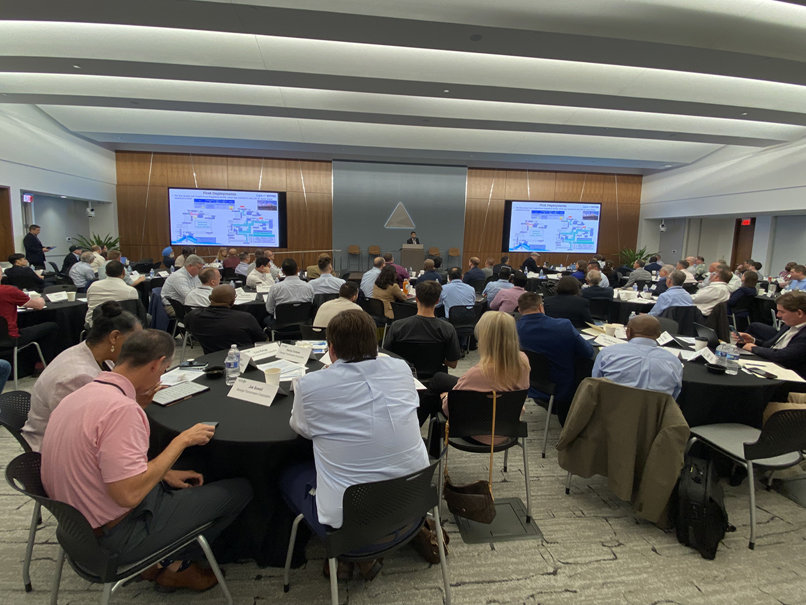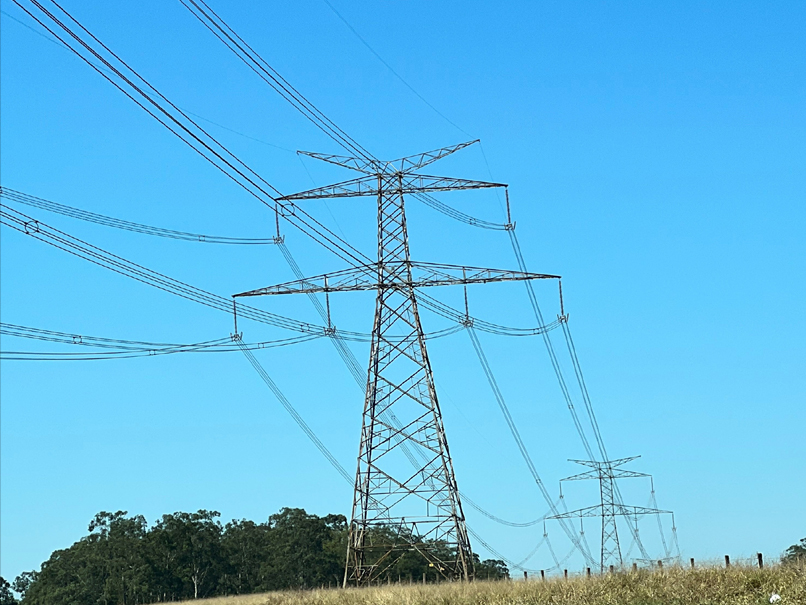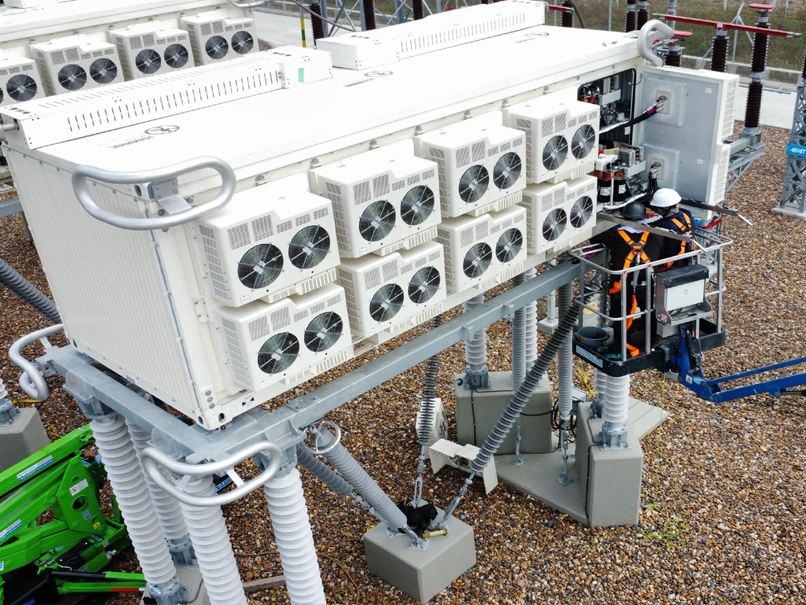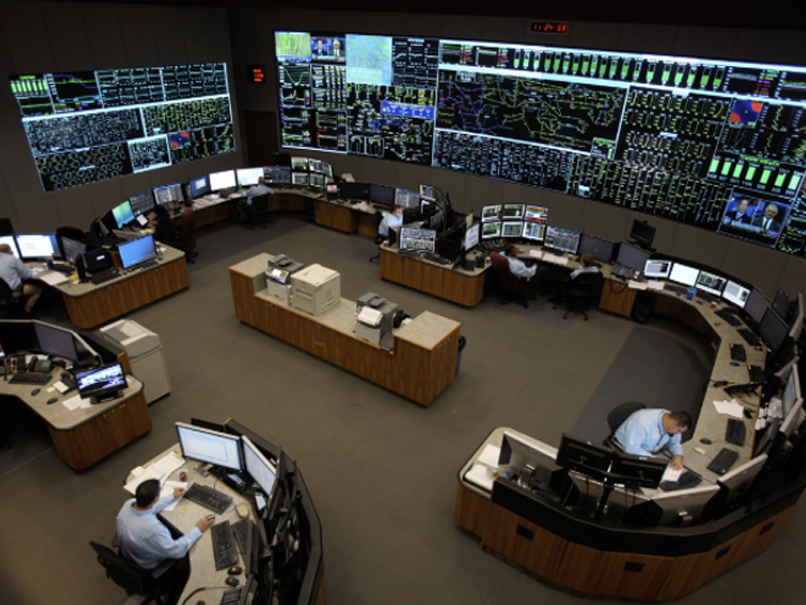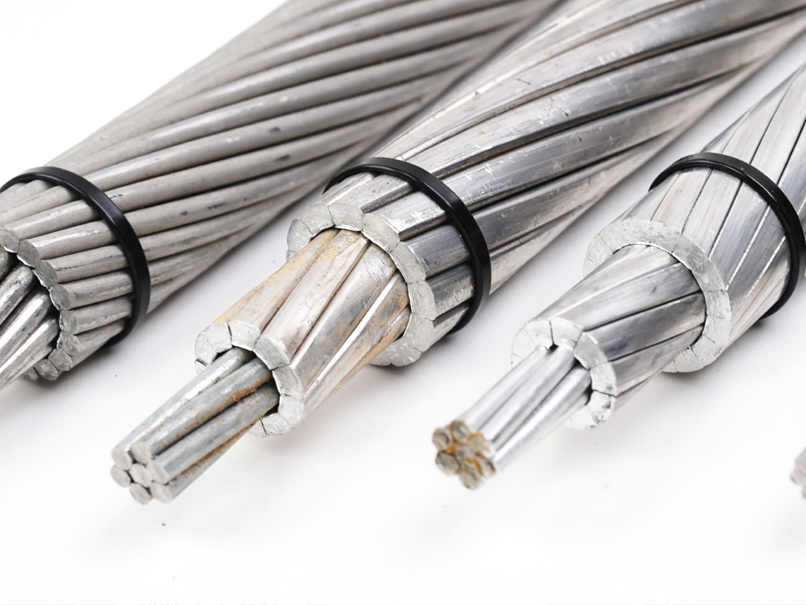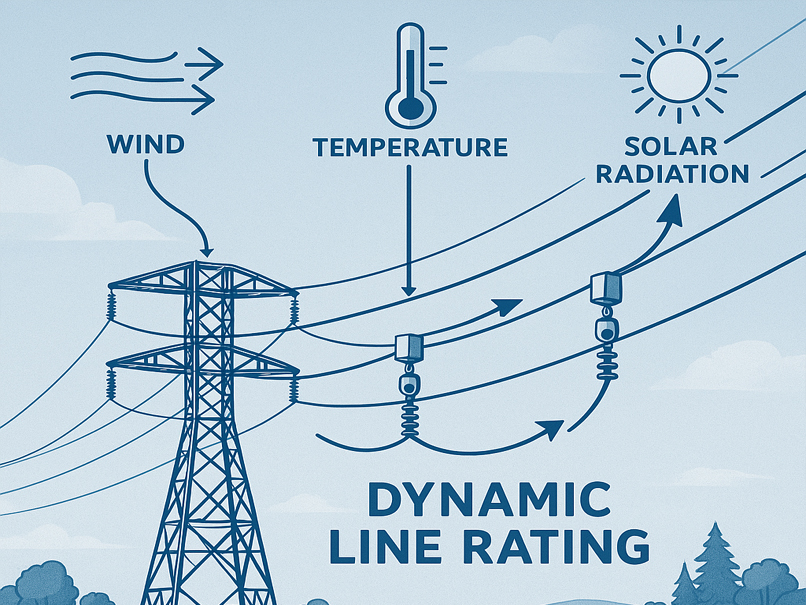Events | Workstreams | Contacts
The energy sector is currently undergoing one of its most dynamic, transformative and exciting periods, marked by a range of challenges—from the growing demand for energy to rapid technological advancements across multiple disciplines. In this evolving landscape, the sector must address the dual challenge of upgrading existing infrastructure while also developing new systems that incorporate emerging technologies.
The Electric Power Research Institute’s (EPRI) Grid-Enhancing Technologies for a Smart Energy Transition (GET SET) Initiative is designed to support utility implementation efforts through comprehensive evaluation, testing, aggregation of industry experiences, and the development of practical application guidance. Furthermore, the initiative seeks to generate and disseminate insights related to the use and benefits of these technologies, their integration into operational and planning processes, as well as considerations around life expectancy and reliability.
